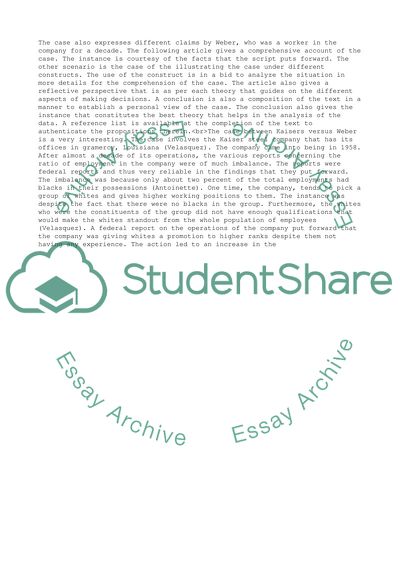Cite this document
(Ethical analysis for Brian Weber Essay Example | Topics and Well Written Essays - 2500 words, n.d.)
Ethical analysis for Brian Weber Essay Example | Topics and Well Written Essays - 2500 words. https://studentshare.org/business/1850755-ethical-analysis-for-brian-weber
Ethical analysis for Brian Weber Essay Example | Topics and Well Written Essays - 2500 words. https://studentshare.org/business/1850755-ethical-analysis-for-brian-weber
(Ethical Analysis for Brian Weber Essay Example | Topics and Well Written Essays - 2500 Words)
Ethical Analysis for Brian Weber Essay Example | Topics and Well Written Essays - 2500 Words. https://studentshare.org/business/1850755-ethical-analysis-for-brian-weber.
Ethical Analysis for Brian Weber Essay Example | Topics and Well Written Essays - 2500 Words. https://studentshare.org/business/1850755-ethical-analysis-for-brian-weber.
“Ethical Analysis for Brian Weber Essay Example | Topics and Well Written Essays - 2500 Words”. https://studentshare.org/business/1850755-ethical-analysis-for-brian-weber.


